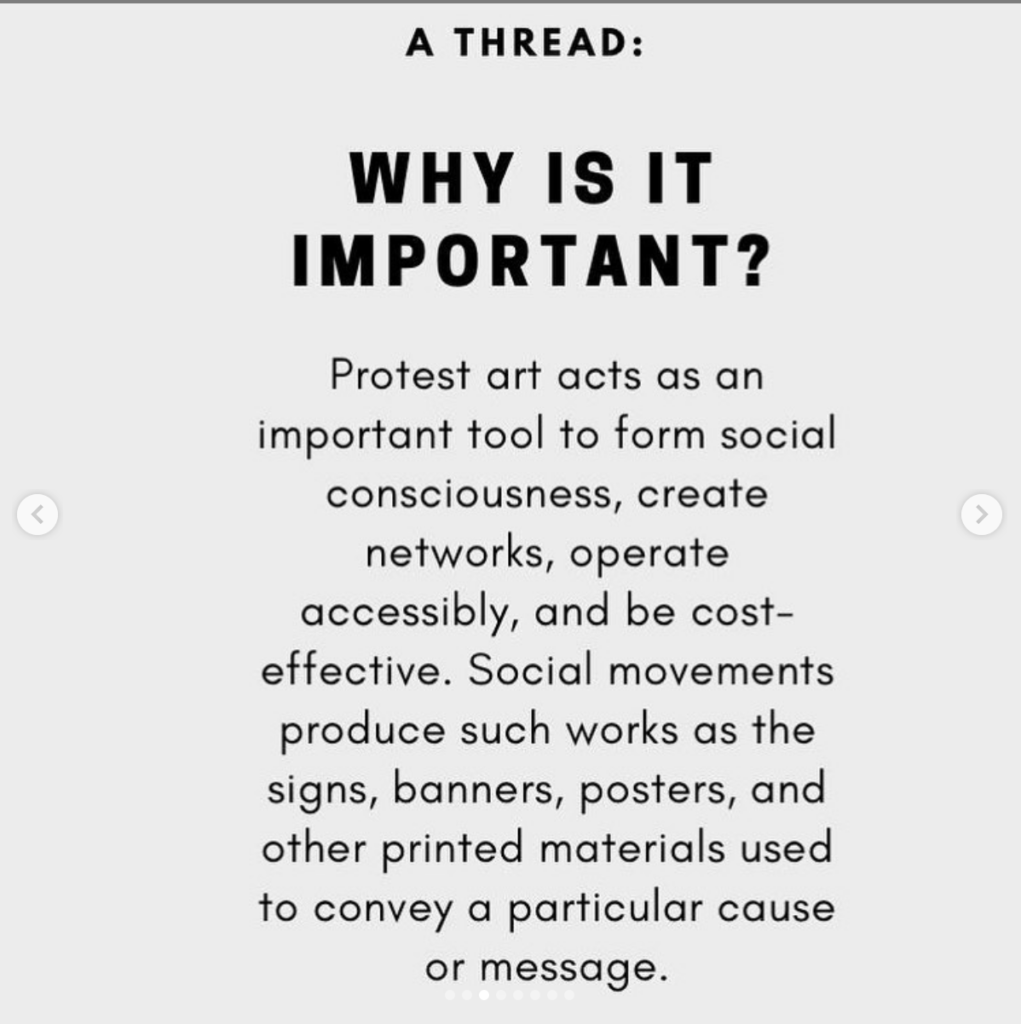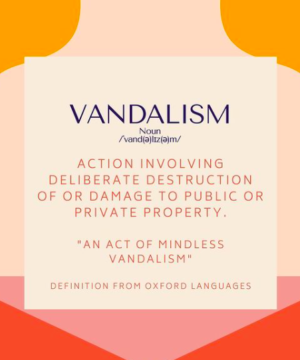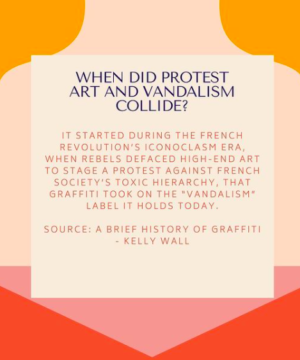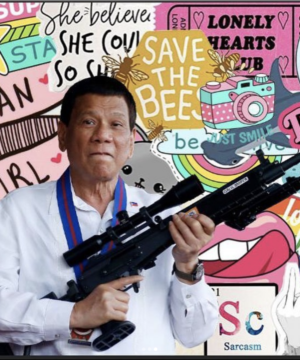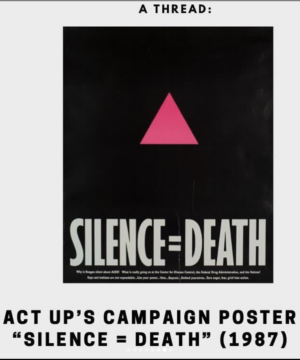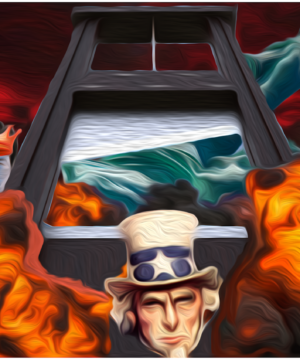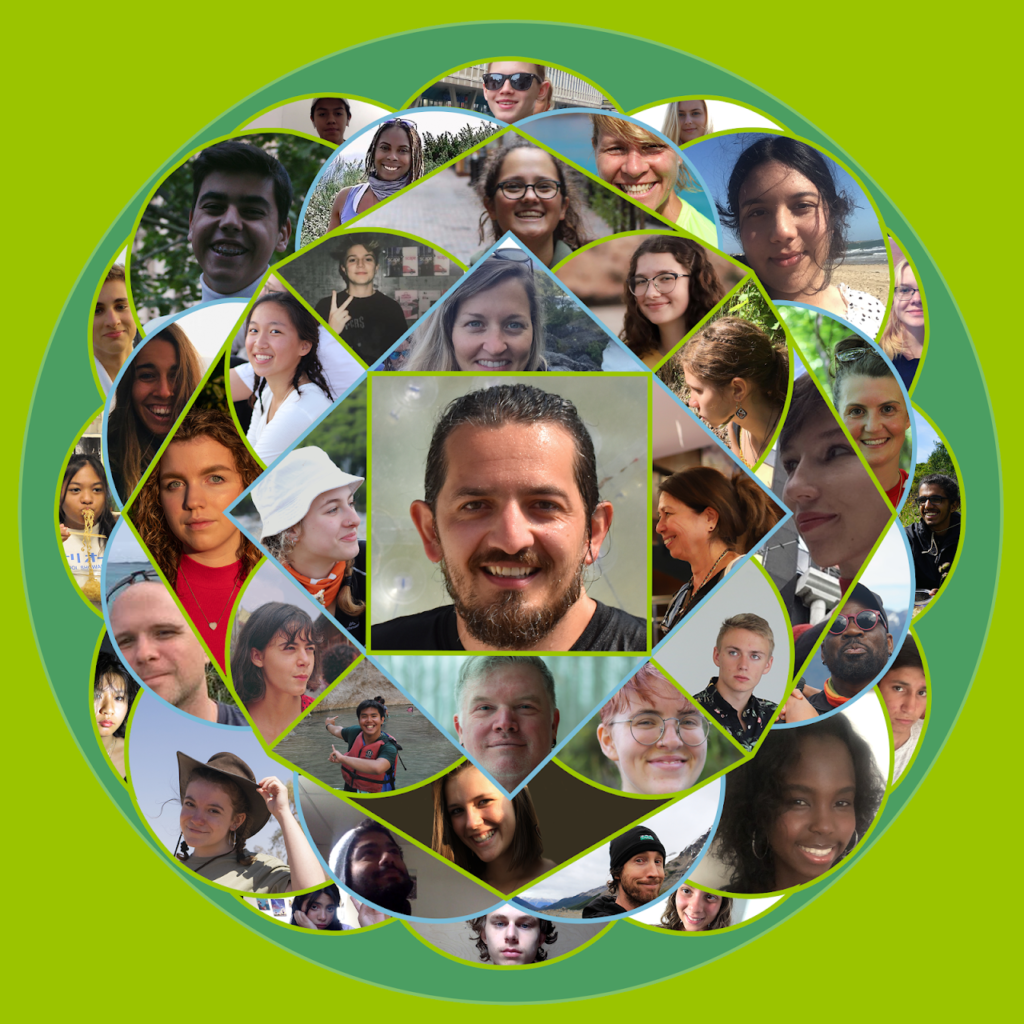What were your goals for this module? How did you achieve them?
In this module, I wanted to delve into the old East Asian Buddhist tradition of using art as a form of meditation, freeing the mind of its rational constraints and leading to samadhi or meditative awareness. I did this by both developing skills in calligraphy itself as well as attempting a form of meditation while practicing those skills and making the pieces above. The result, I hope, is some appearance of spontaneity and creativity, the two terms that anyone would use to describe the works of calligraphy that Buddhist monks in China, Japan, and Korea made while immersed in their happy, cheerful meditation.
What did you learn about yourself or about your creative process or about your medium?
The most interesting thing that I learned while painting the Chinese characters was how challenging it is to attain any sort of balance or beauty with them. A simple downward brushstroke takes many months or perhaps years of practice to look even half-decent to a person who knows calligraphy. I did not get to this stage over the course of the project; what I did do was get a very brief look into the complexity of this medium – how the characters that you paint with the brush are not so much those that you paint but those that are left behind by the brush itself. Any stroke, whether it be a horizontal line or a dot, can very candidly suggest the calligrapher’s state of mind when painting it, meaning that any frustration or hesitance is immediately visible in the forms of the characters. This is perhaps the harshest aspect of calligraphy – each stroke is permanent and irrevocable, and cannot be embellished afterward. Not only does each brushstroke reveal your skill with the ink, but it will also reveal your ability to leave distracting thoughts behind and pool all of your mental energies into a single movement of the hand.
Poem Translation
The pieces above are renditions, in various styles of calligraphy, of three poems that I composed in a kind of bad Classical Chinese; the English translations are here:
Regular Style Poem
In the snore of my dog and the sound of my
Mother cooking dinner,
I hear Buddha’s joyful laugh;
Just as there are many drops of water but only one
Pond,
So are there many Buddhas but only one
Dharma.
Semi-Cursive Poem
Alone I walk to the pond,
Looking for solitary ducks to feed with my
Brown paper bag.
Cursive Poem
The perpetual sound of hail on the window –
Instead of my friends’ happy chatter,
Every day I hear only this.







